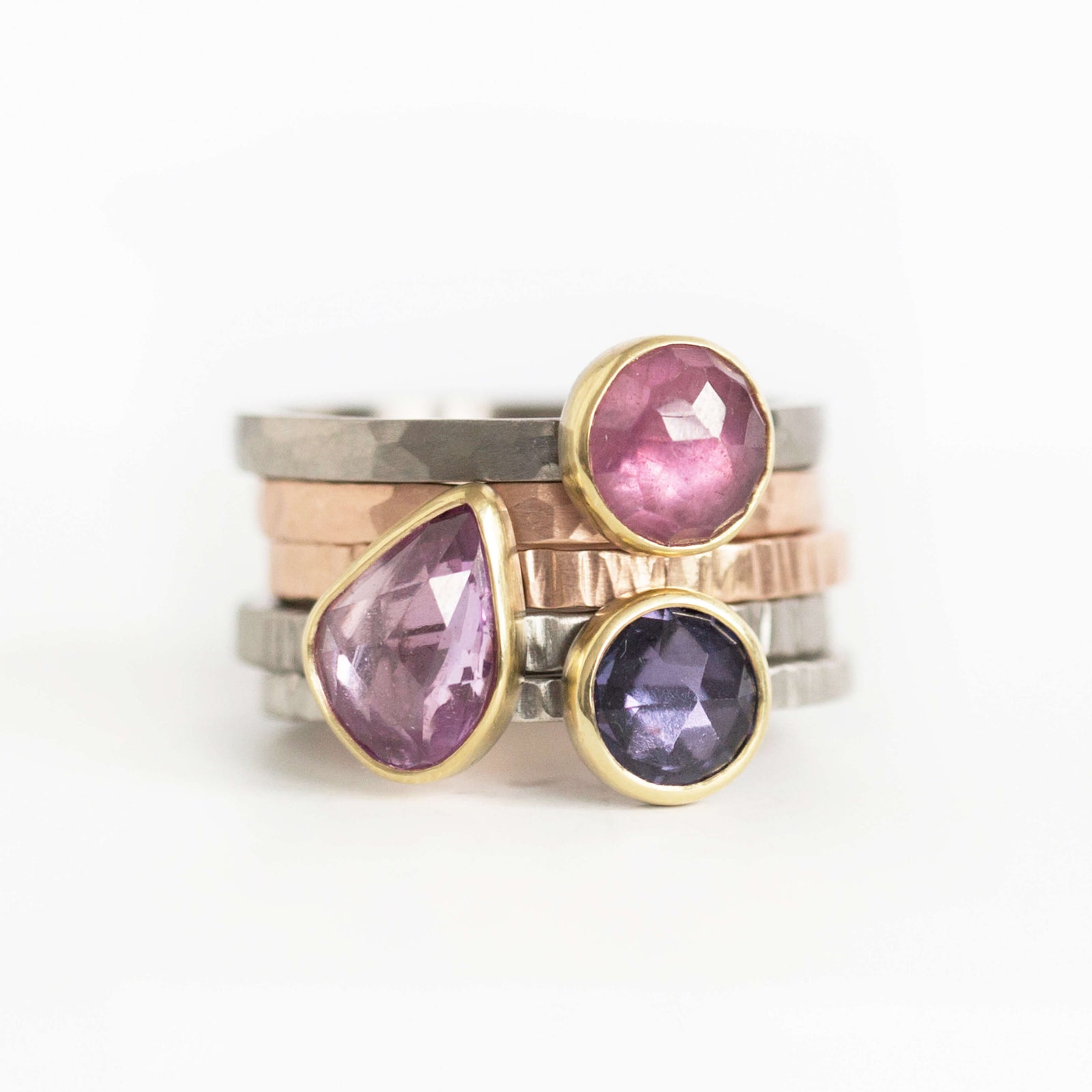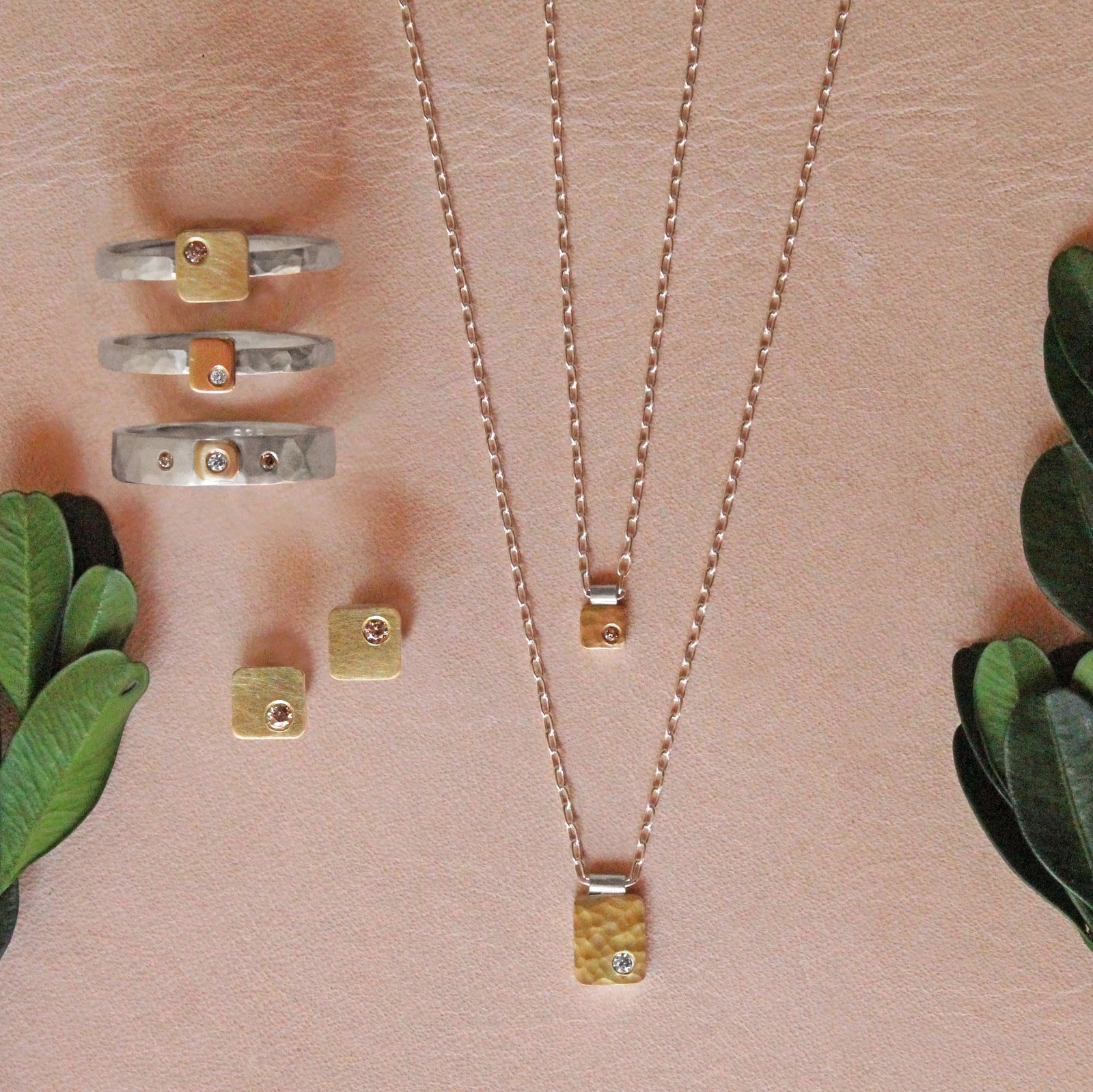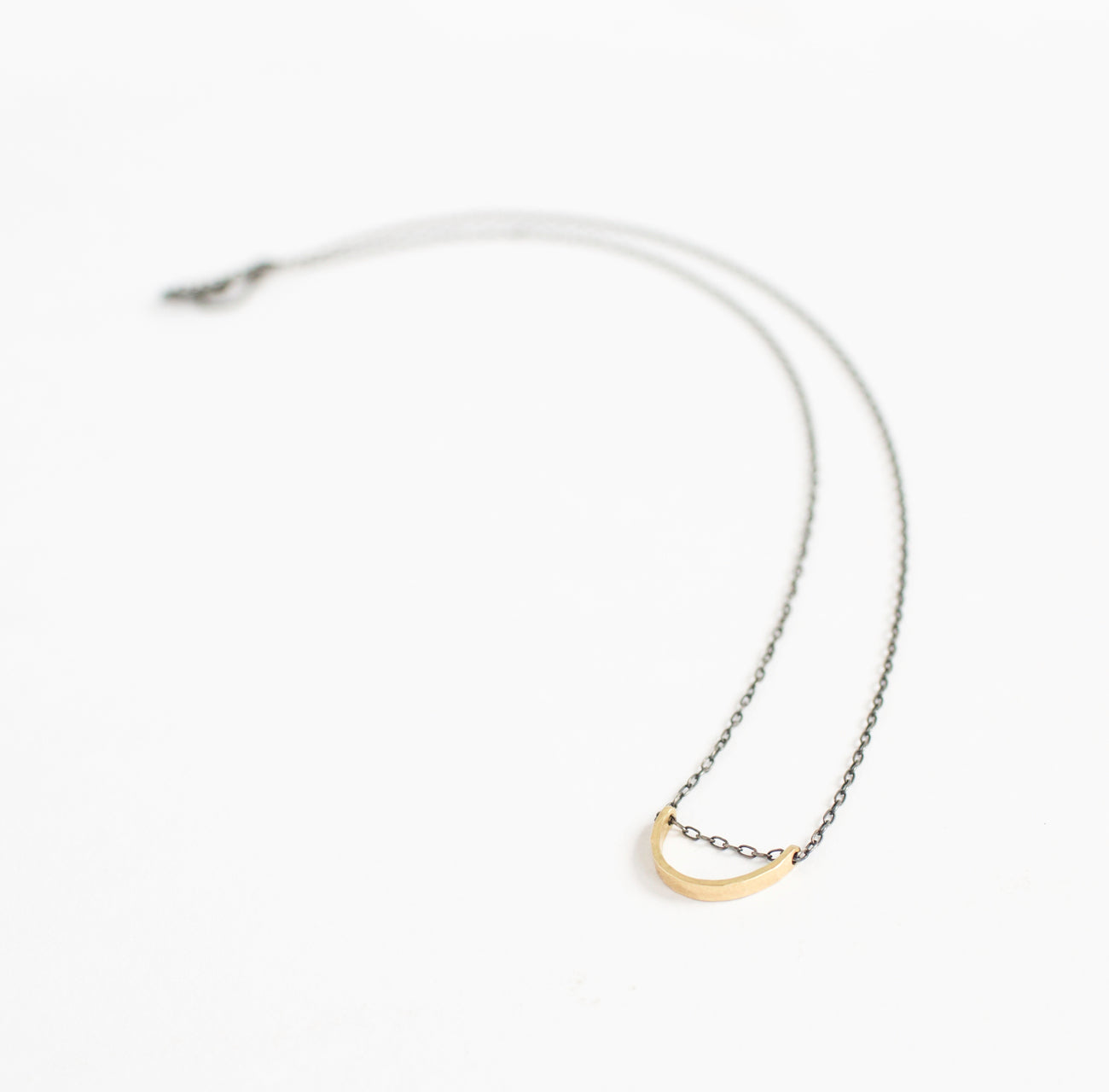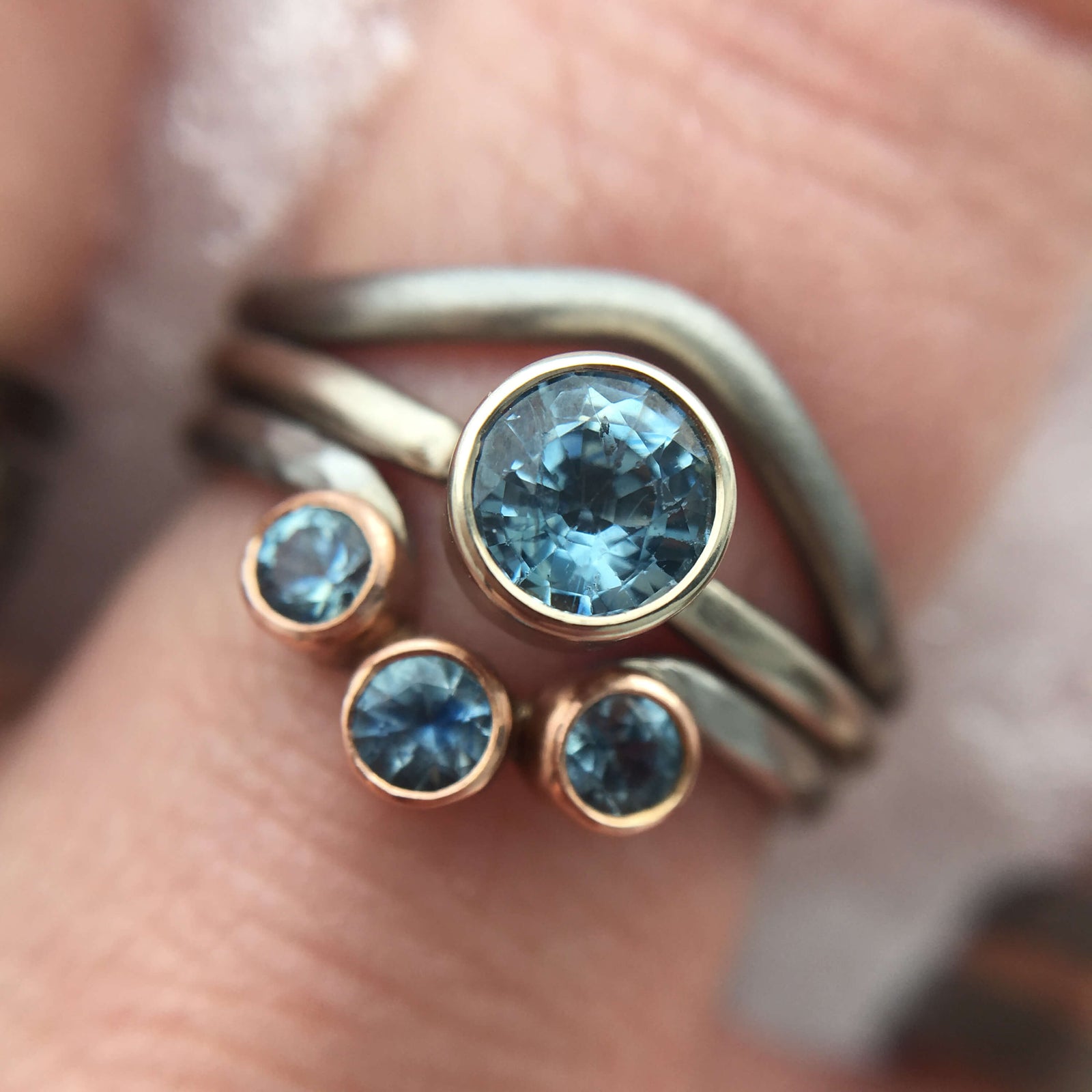Your Cart is Empty
EC Design Studio is open Thursdays 12-5pm and Saturdays 11-4pm
EC Design Studio is open Thursdays 12-5pm and Saturdays 11-4pm
EC Design Studio is open Thursdays 12-5pm and Saturdays 11-4pm
EC Design Studio is open Thursdays 12-5pm and Saturdays 11-4pm
Salt and Pepper Diamonds
Sapphire Candy Shoppe
Signature Cell Collection
Minimalist Essentials
Contour Stacking Bands
Sapphire Candy Shoppe

Sapphire jewelry so juicy you'll want to eat it!
Signature Cell Collection

The EC Design classics
Minimalist Essentials

Beautifully simple
Contour Stacking Bands

Customize your wedding bands!
February 07, 2024

Moissanite has become a very popular diamond alternative for engagement rings and other fine jewelry, but what is it and where did it come from? Is it really from space? We have the answers you seek!
The nickname ‘space diamond’ stems from the discovery of Moissanite back in 1893. The chemist that first discovered Moissanite, Henri Moissan, initially thought he had discovered diamonds while examining samples extracted from a meteor crater in Arizona. A decade later it was determined that the crystals were not diamonds. They were actually a naturally occurring mineral, silicon carbide. Nowadays natural Moissanite is quite rare, so most modern stones on the market are created in a lab.
Moissanite is a popular diamond alternative because its structure is similar to that of a diamond, giving it a resemblance to the rare gemstone as well as the ability to withstand high pressure. Its comparative strength, sans the high price tag, made Moissanite a wonderful diamond replacement in processes like the fabrication of semiconductors. It wasn’t until the late 1990s that Moissanite production was refined and the stones were introduced to the jewelry world as a diamond alternative.
Moissanite is known for its incredible light reflection, which creates maximum sparkle. While some jewelry lovers are overjoyed at the sparkle factor, others find it to be too much - almost fake looking. If you fall into the first category and are looking for maximum sparkle without maximum spending, Moissanite just might be the perfect choice for you.

Want to be the first to hear about new releases, sales, and special offers? Sign up here to stay in the loop.